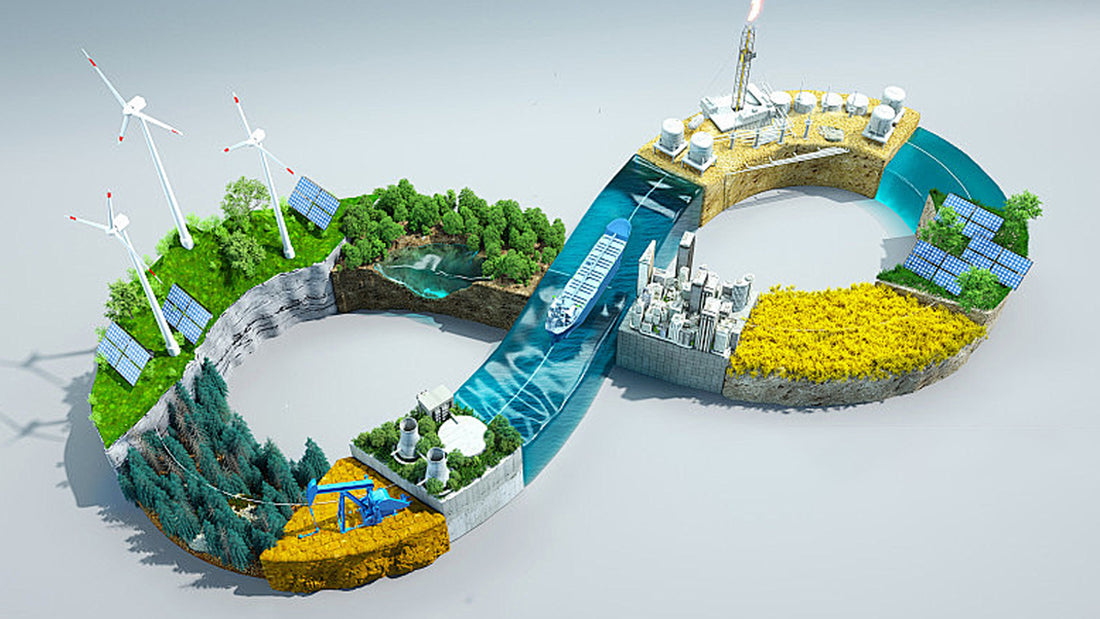
How Synchronous Reluctance Motors are Revolutionizing Energy Efficiency and Sustainability in the Industry
Share
Synchronous Reluctance Motors (SynRM) are emerging as a transformative technology in the energy sector, offering remarkable improvements in energy efficiency and sustainability. By addressing key challenges related to energy consumption, resource dependency, and operational costs, SynRMs are paving the way for greener, more cost-effective industrial solutions. Their impact on the energy industry can be summarized in the following key areas:
Improved Energy Efficiency
Synchronous reluctance motors offer significant energy efficiency advantages, particularly in low-to-medium power applications. Compared to traditional induction motors, SynRMs typically deliver higher efficiency and lower energy consumption. This improvement reduces energy waste, especially in applications that require continuous operation, such as pumps, fans, and compressors. Their energy efficiency meets or exceeds international standards like IEC IE5, playing a crucial role in reducing energy consumption and improving system performance.
Reduced Dependency on Rare Earth Materials
Unlike permanent magnet synchronous motors (PMSMs), synchronous reluctance motors do not rely on rare earth elements such as neodymium and dysprosium. This makes SynRMs a more sustainable and environmentally friendly option, as they reduce the demand for rare earth materials, which are increasingly scarce and difficult to source globally.
Lower Maintenance Costs
Synchronous reluctance motors have a simple structure, without the need for permanent magnets or slip rings, making them more reliable and requiring less maintenance. Their longer lifespan and reduced need for part replacements contribute to lower operational costs, particularly in applications that require high reliability and minimal downtime.
Compatibility with Variable Frequency Drives (VFDs)
SynRMs, when used with variable frequency drives (VFDs), optimize energy consumption, especially in variable load conditions. VFDs adjust motor speed according to real-time demand, further improving energy efficiency. This combination allows for more flexible operations and reduced energy expenditures, making SynRMs ideal for industries that require dynamic performance adjustments.
Environmental Benefits
The high efficiency and lack of rare earth materials in synchronous reluctance motors make them environmentally friendly. By reducing energy consumption and avoiding the use of harmful materials, these motors support the green transition in the energy sector. They are particularly beneficial in renewable energy applications such as wind and solar power, where reducing environmental impact is a key goal.
Supporting Digitalization and Smart Technologies
Synchronous reluctance motors, when combined with modern VFDs, can integrate with smart control systems and IoT devices, enabling more precise motor control and data analytics. This integration helps energy companies with remote monitoring, predictive maintenance, and optimization of energy usage, further improving operational efficiency and reducing energy costs.
Conclusion
Synchronous reluctance motors are emerging as a high-efficiency, cost-effective, and environmentally friendly alternative to traditional induction motors. Their ability to reduce energy consumption, eliminate dependence on rare earth materials, and lower operational costs makes them an attractive option for the energy industry, contributing to the global shift toward sustainability and energy efficiency.
